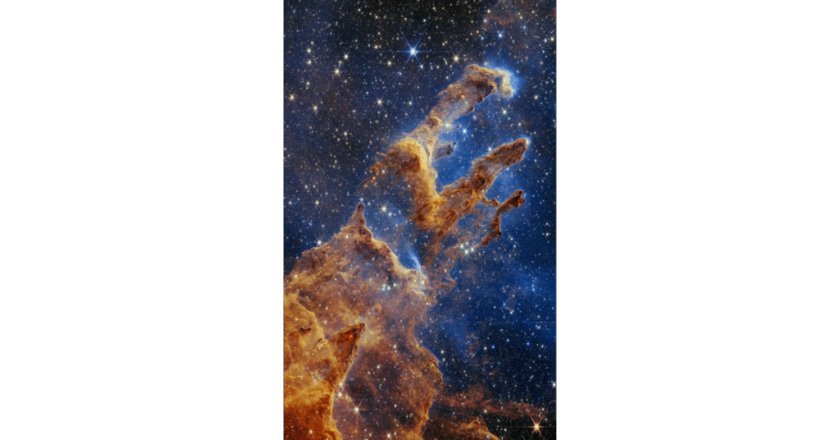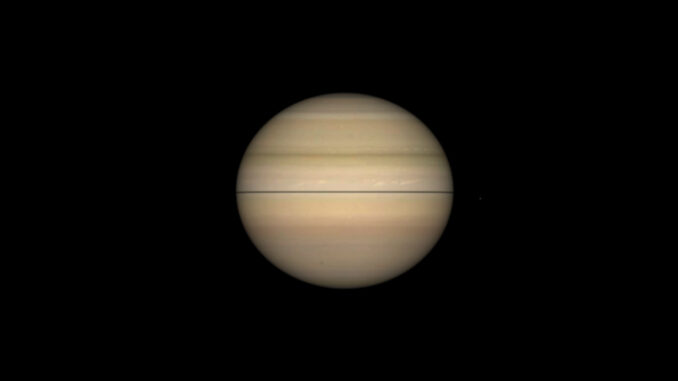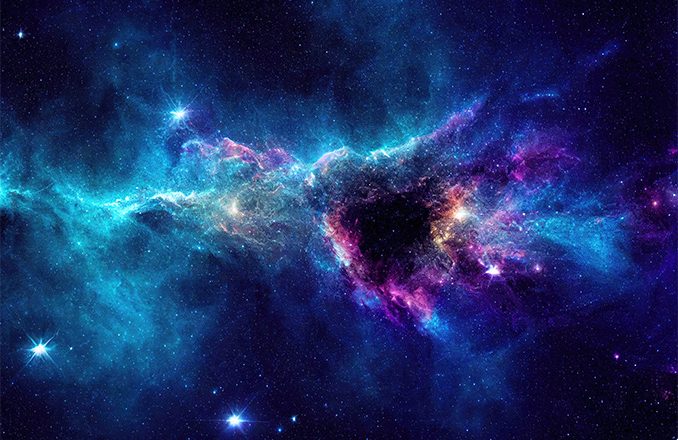NASA’s FY 2026 Budget Request has been Released
It's official. NASA's Fiscal Year 2026 Discretionary Budget Request (FY 2026) has been released, and the news is decidedly mixed. In a previous article, we examined the FY 2026 Budget Request (released on May 2nd) and its recommendations for the coming year. With the release of the FY 2026 Budget, what was previewed and the anxiety it caused for many have been confirmed. While the Budget bolsters funding for NASA's exploration programs for the Moon and Mars, it also contains deep cuts to many other programs and the cancellation of key elements in NASA's Moon to Mars architecture.
In addition to reducing NASA's overall funding for the coming year, the Budget calls for the cancellation of the Space Launch System (SLS), the Orion spacecraft, and the Lunar Gateway. It also contains de...



